A Guide to Women on TV
Understanding the History of Representation of
Women in the Media
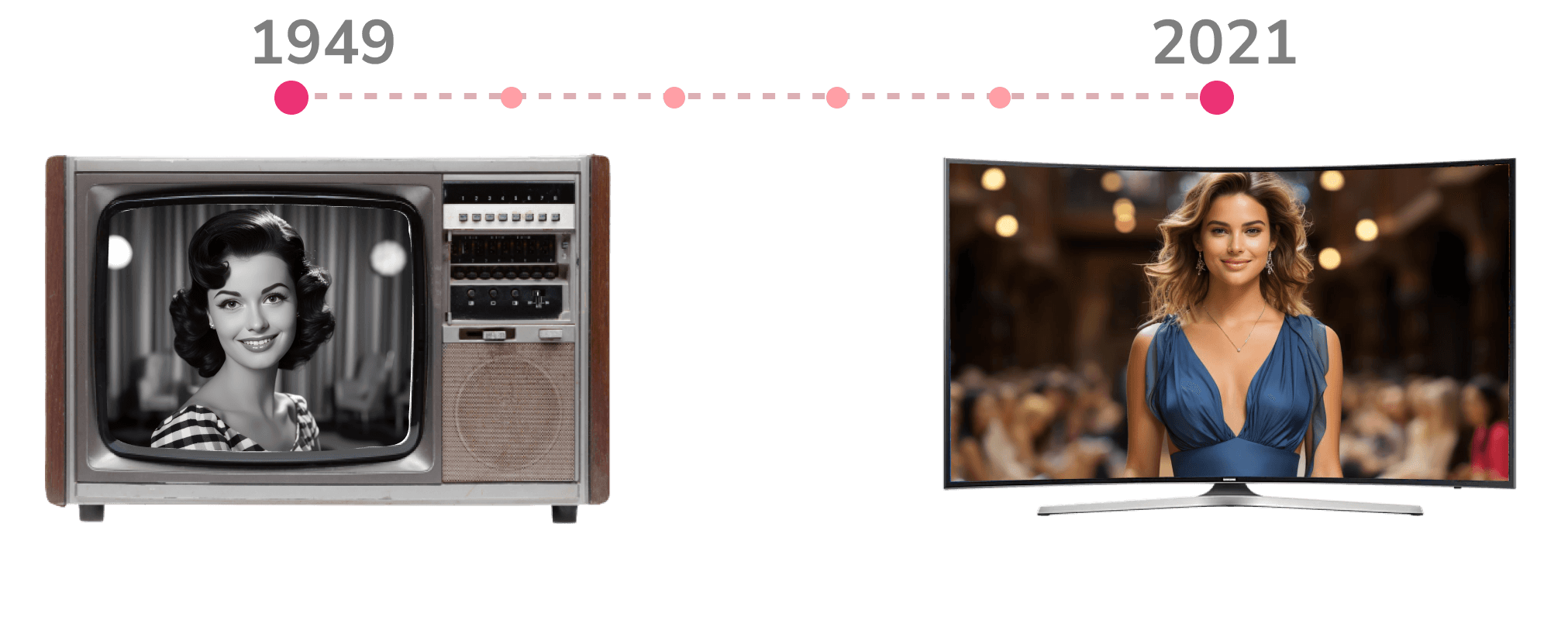
Today it’s not unusual to watch a TV show about a woman going about her daily life. However, it hasn’t always been the case. One hundred years ago, you’d struggle to find a woman on television doing more than catering to her husband.
We have come a long way since the 1940s but still have further to go.
Today, women make up 52% of the US population. However, they are only on our screens 38% of the time, even though women watch almost one more hour of TV per day than men.
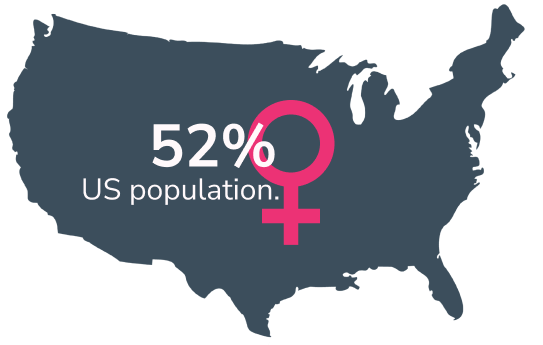
So, how are women represented on TV? And how does this differ from their representations in the 1940s and 50s? Where did the change and evolution begin? Throughout history, many important and influential women have paved the way for TV as we know it today—not just in terms of women on screen, but for the whole of the entertainment industry.
We will provide a history of women’s representation (and under-representation) on television.
Women in Media

While a lot has changed over the years, the representation of women on TV is still not equal. Indeed, many of the female-centered TV shows we watch today don’t even pass the Bechdel Test (although typically used for films), requiring two women to talk about something other than a man. For instance, Sherlock, Star Trek, or Game of Thrones have many episodes that do not pass.
Just putting women on screen isn’t always enough. Harmful representations can reinforce stereotypes and societal imbalances—not just for women but for all groups of people.
However, there are plenty of feminist TV shows, from I May Destroy You and Killing Eve to Black-Ish. Read on to discover how women on TV have advanced in the last century.
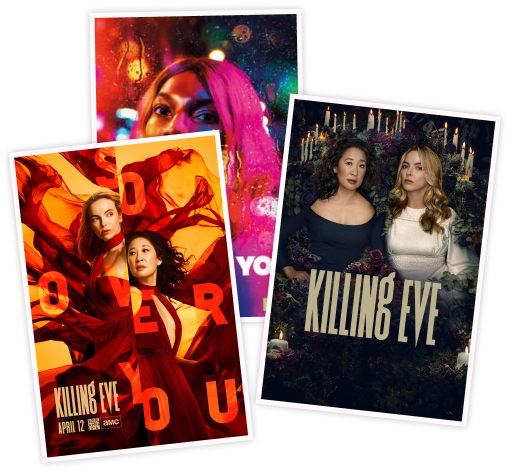
While early 20th-century shows may seem backward to us now, they were groundbreaking at the time and paved the way for the female representation we enjoy today.
The late 1940s - 1950s
The Golden Age of Television
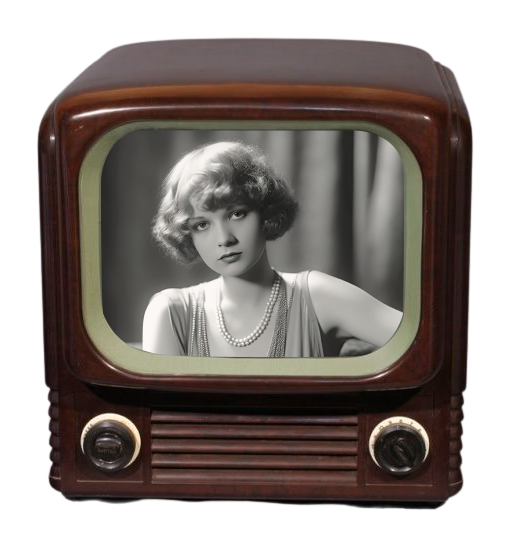
In the years after World War II, television took off. With widely available high-quality receivers and national broadcast networks, people at home had plenty of choices when it came to watching the box. Women were everywhere with animated shows, live-action sitcoms, and high-culture dramas.
The golden age of radio became the golden age of television.
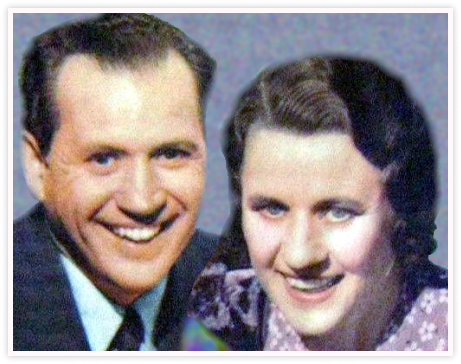
Dozens of popular radio programs—such as Fibber McGee and Molly and The Lucky Strike Program—moved to TV as new technology meant more creative opportunities.
As the shows migrated to television, they took their sponsors and established audience demographics with them. The women on TV already had a loyal following from their radio days.
Here is an overview of the golden age of television.
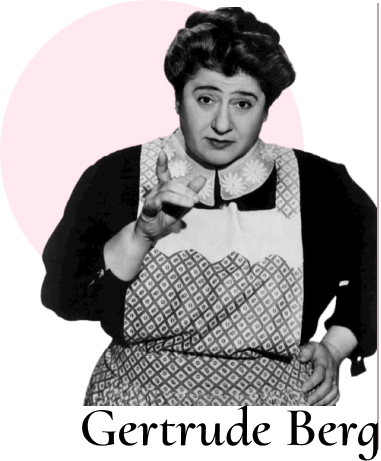
1949
The Goldbergs was a top-rated radio show starring Gertrude Berg as Molly Goldberg, a Bronx housewife, airing from 1929 to 1949. Debuting on CBS television in 1949, The Goldbergs lasted until 1956 and spawned many adaptations. The Goldbergs was a domestic comedy centering around the home life of a Jewish family.
Gertrude Berg portrayed Molly Goldberg for over 30 years across radio, television, film, and stage, starring in the 1948 play, Me and Molly to the 1950 film The Goldbergs, and the 1973 Broadway musical, Molly.
Momentously, Berg wasn’t just an actress. She wrote the scripts and directed each episode—something highly unexpected in the late 1940s.
1951
Gertrude Berg was a pioneer of classic radio and the golden age of television. She was one of the first women to create, write, produce and star in her own long-running show. In 1951, she won an Emmy.
1951 was the first year that acting awards were divided into male and female categories. Berg won the first ever Emmy for the award ‘Lead Actress in a Television Series in her twentieth year of playing the role of Molly Goldberg.
Later in the decade, Berg also won a Tony Award for her performance in a Broadway production, A Majority of One.
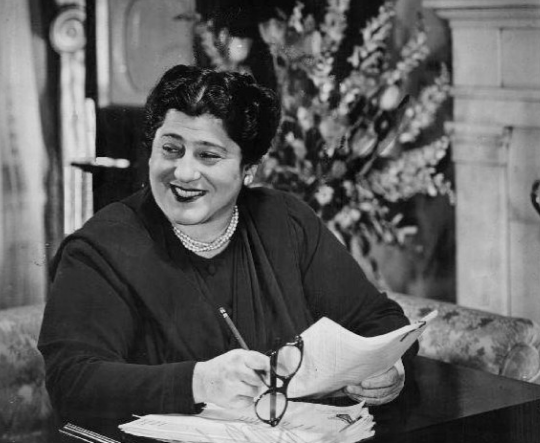
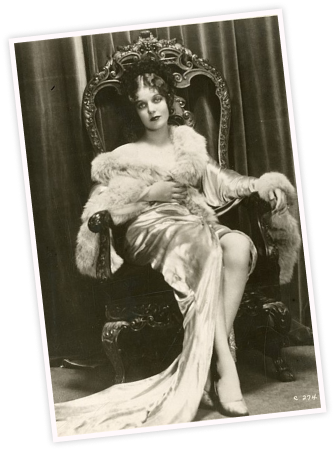
1953
Loretta Young was an Academy Award-winning actress and the first over-40 A-list movie star to headline a television show. The Loretta Young Show lasted from 1953 to 1961 and won three Emmys throughout its run.
Female movie stars like Loretta Young found a welcoming audience on the small screen. The generation of actresses who had risen to stardom in the 1930s and 1940s found themselves cast aside as the 50s took hold. Older actresses were sidelined in favor of younger women. The small screen gave established actresses a chance to continue performing with more freedom.
Additionally, in 1953, I Love Lucy became the most-watched television show of its day.
I Love Lucy ran for six seasons following Lucy Ricardo (Lucille Ball), a young housewife in New York City, and her best friends, Ethel and Fred Mertz. When Lucy Ricardo gave birth to Little Ricky in 1953, an overwhelming majority of Americans tuned in to watch.
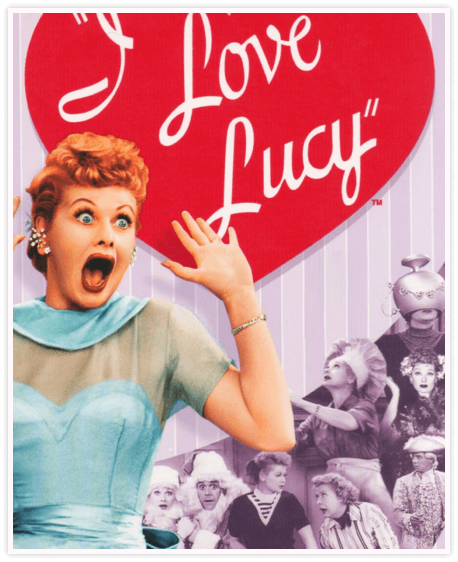
1958
The Donna Reed Show was one of the first TV shows for women. Debuting in 1958, the show starred Donna Reed as Donna Stone in the first family comedy to focus on the mother rather than the father. The show was nominated for four Emmys and a TV Land Award. The show also won one Golden Globe and two Young Artist Awards.
While many episodes may seem to cast women as housewives caring for their husbands and trivial matters, The Donna Reed Show paved the way for many feminist TV shows and media we enjoy today.

1959
In 1959, actress Betty Hutton helped to end the Hollywood Blacklist of the McCarthy era. McCarthyism spread fear throughout the film and media industry in the US as Joseph McCarthy made unfounded accusations of communism, anarchism, and socialism. Actors, writers, and producers lost their jobs and worse.
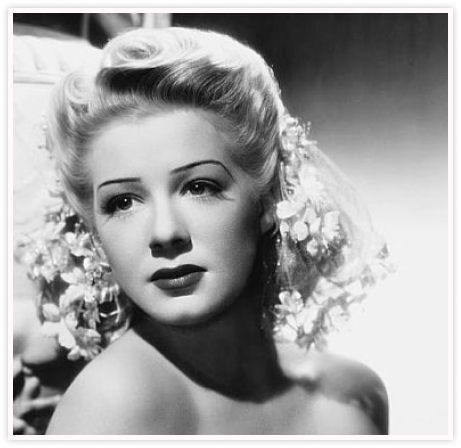
Betty Hutton insisted that the blacklisted composer, Jerry Fielding, join her team to create the music for The Betty Hutton Show. The show aired for 30 episodes, providing Fielding with his first network job since 1953.
Women took prominence on the screen and behind the camera. With power moves from best-loved actresses throughout the 1940s and 50s, women proved their worth to audiences at home and big names in Hollywood.
The 1960s
A Time for Change
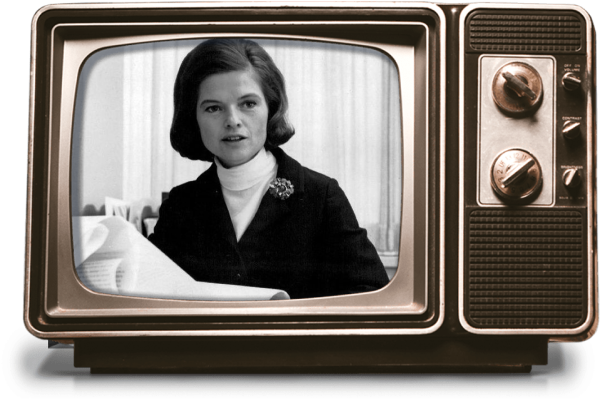
The 1960s was a time of change and counterculture. Gender roles, music, drugs, dress, sexuality, and civil rights were all overturned during this influential decade. And new TV programs were ahead of the times.
Known as the second wave of feminism, the women’s rights movement gained momentum throughout the early 1960s.
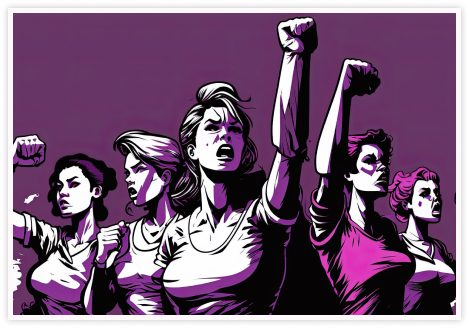

The focus was on changing cultural and societal norms and inequalities. As portrayed by The Donna Reed Show, many still viewed the woman’s role primarily in the home. They were excluded from many jobs and professions.
Marches and protests grew the movement and resulted in changes throughout the following decades.
But in the 60s, everything began to change. Women started going to college. They started earning salaries. Reflecting the evolving social climate, TV gave newly educated women more high-profile acting roles and behind-the-scenes jobs.
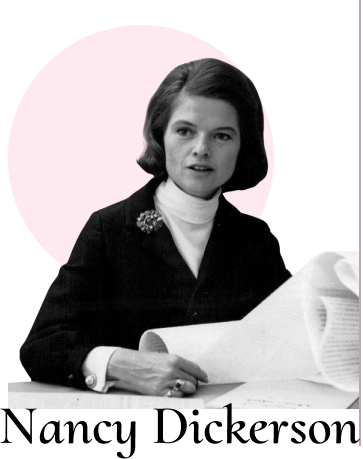
1960
In 1960, Nancy Dickerson—American radio and television journalist, celebrity, and socialite—appeared on camera as the first female network correspondent on Face of the Nation after working as an associate producer for years. Dickerson pioneered the role of women on TV with an important position on and off camera.
Next, Dickerson reported for NBC news from 1963 to 1970. She covered pivotal stories of the decade, including political conventions, election campaigns, inaugurations, the March on Washington for Jobs and Freedom, in which Martin Luther King Jr delivered his “I Have a Dream” speech, and Kennedy’s assassination and funeral.
Before Nancy Dickerson, Americans rarely saw women playing such a principal role on TV.
1962
Lucille Ball graduated from her leading role in I Love Lucy to take over as president of Desilu Productions after her divorce.
She became the first woman to run a major television studio. Under her leadership, Desilu Productions produced many popular television shows, including-
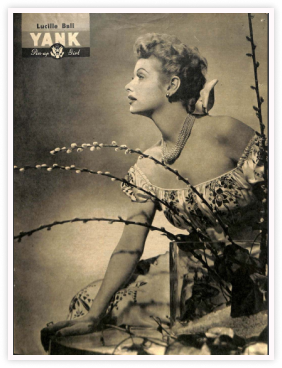
Star Trek and Mission: Impossible.
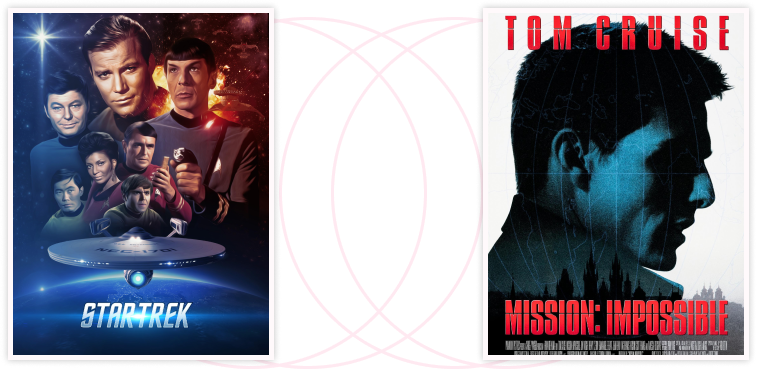
1963
The actress Cicely Tyson made history by becoming the first African American television star on the CBS drama series East Side/West Side. She played the role of secretary Jane Foster and was the only African-American regular member of a TV cast.
East Side/West Side was commended for treating social issues, including race and gender. The show pushed boundaries, and network broadcasters even blocked one episode centering around a Harlem couple in Atlanta and Shreveport, Louisiana
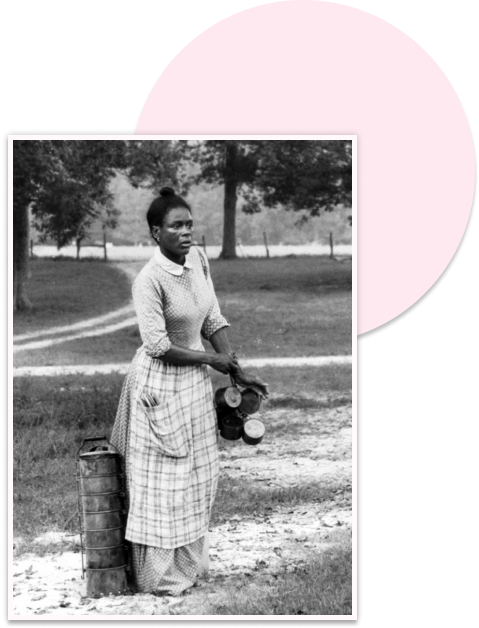
Throughout her career, Tyson won three Emmy Awards, a Screen Actors Guild Award, a Tony Award, an Honorary Academy Award, and a Peabody Award.
1964
In 1964, the top-rated show The Twilight Zone aired an episode called “The Masks,” airing on CBS. “The Masks” was the only episode of the original series to be directed by a woman. Ida Lupino starred in the first-season episode “The Sixteen-Millimeter Shrine.”
Lupino was a highly successful actress, singer, director, writer, and producer with a five-decade career. Her directorial career tackled themes of women trapped by social conventions. She had also been the first woman to direct a film noir, The Hitch-Hiker, in 1953.
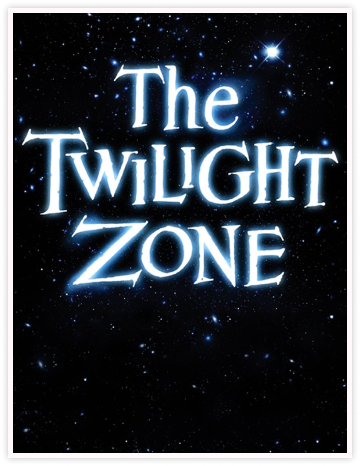
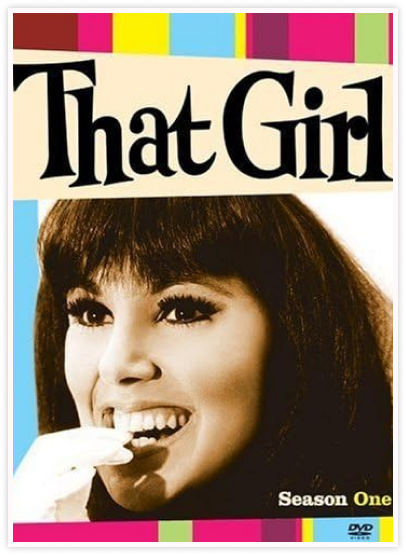
1966
Marlo Thomas was an actress, producer, author, and social activist best known for debuting That Girl, a show detailing the adventures of a young actress arriving in New York. The character of Ann Marie took on a series of jobs while working towards her big break.
Thomas pitched the idea herself. However, the network was initially hesitant and feared audiences would deem a series centered on a single female uninteresting or unrealistic. Thomas was the third woman to produce her own television series.
The show ran for five seasons on the air before producers urged that Thomas’ character Ann Marie marry her long-time boyfriend. Thomas refused,
determined that her character maintained her independence. Thomas argued that Ann Marie was single and marrying her off would make it appear that marriage had been the goal all along—not her career.
1967
Nichelle Nichols was best known for her portrayal of Nyota Uhura in the TV show Star Trek and the film sequels. She was one of the first Black women to feature in a major television series.
At times tempted to leave the role, a conversion with Martin Luther King Jr convinced her to remain. In 1967, Nichols broke barriers by sharing the first interracial kiss on TV with William Shatner.
1968
In 1968, actress Diahann Carroll debuted as TV’s first Black woman in a non-stereotypical role—a non-domestic part. She played a widowed nurse and mother as the title role in Julia. In the same year, Carroll won a Golden Globe Award for Best Female TV Star.
In 1969, Diahann Carroll was the first Black actress nominated for an Emmy.
The 1970s
The Professional Woman
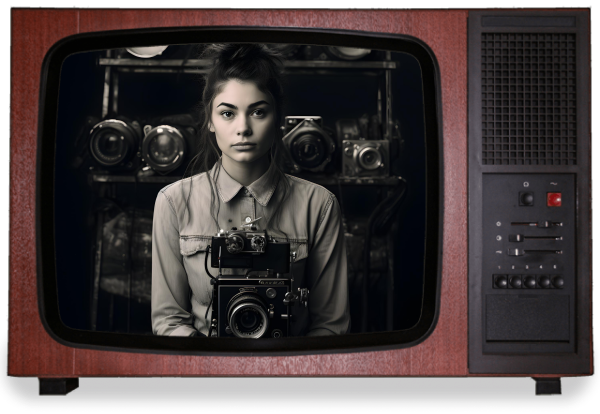
In the 1970s, an increasing number of women entered paid employment. The 1960s had made it clear; the woman’s role was no longer in the home. Advertisers in the 1970s discovered the power of this new, young, and desirable demographic.
Television shows featured younger, more liberal, and more urban characters. Working women became the norm on screen, as opposed to its exceptional rarity in the preceding decades.
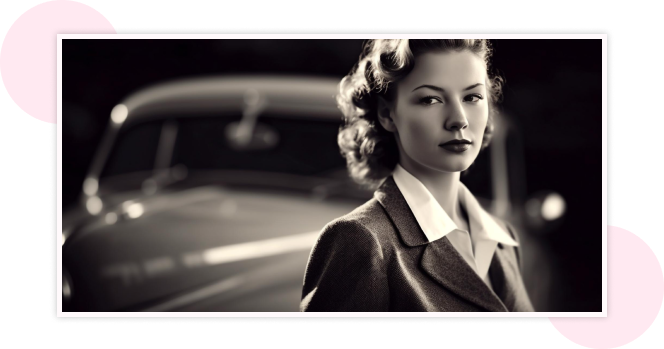
A new group of women entered the industry as producers and television executives, helping pave the way for more empowered women characters.
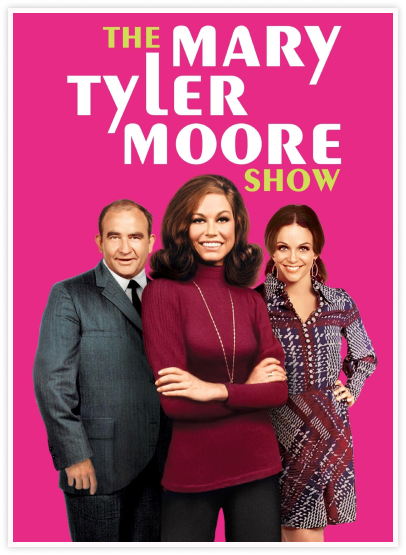
During its run, the show won 29 Primetime Emmy Awards, including the Outstanding Comedy Series award three years in a row.


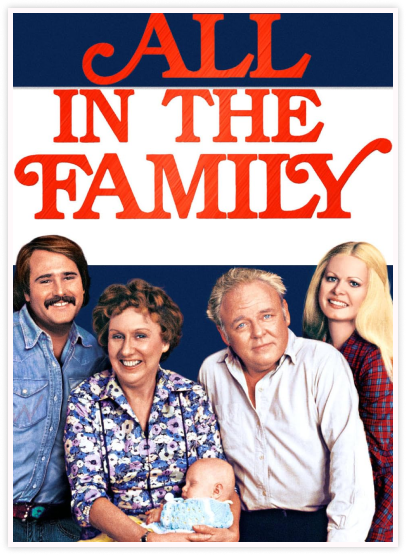
Struthers won two Emmys for All in the Family.
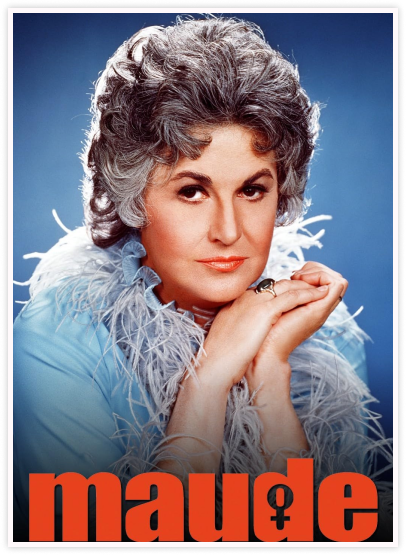
Maude addressed the Vietnam War, the Nixon Administration, divorce, menopause, drug use and alcoholism, nervous breakdown, mental illness, women’s rights, gay rights, and spousal abuse.


It was described as a “Battle of the Sexes.“
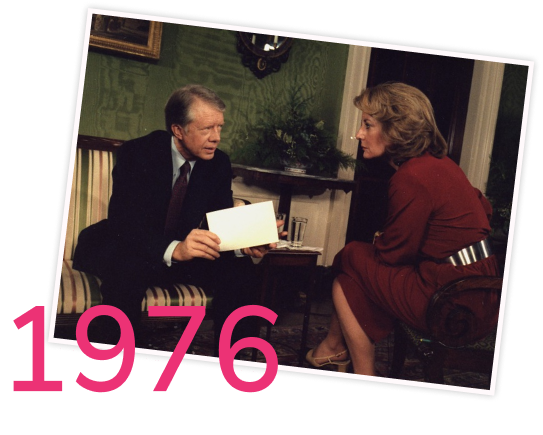

Highly popular with viewers, Walters received more airtime and pioneered the role of women broadcast journalists.
The 1980s
TV Growth
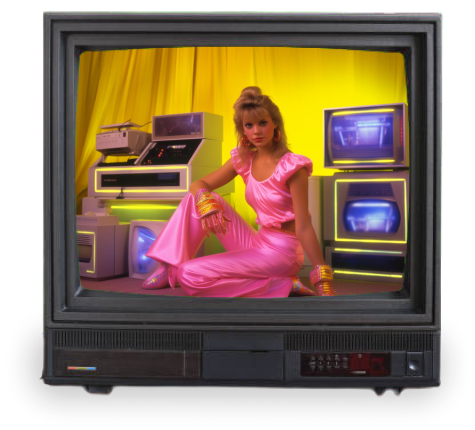
As the 1980s saw a rise in technology and socioeconomic changes. By the decade’s end, Tim Burners Lee had conceptualized and engineered the World Wide Web.
Television viewing grew worldwide, becoming commonplace in the Third World.
With the number of television sets in China and India increasing by as much as 15 and 10 times, respectively. Video games and home computers took off.
Television, as the world knew it, was changing. What role did women have?
1983
In 1983, beloved Betty White became the first woman to win a Daytime Emmy as an outstanding host or hostess in an audience participation show for Just Men!
Just Men! was short-lived, lasting only 13 weeks. The show pitted two female contestants against each other.
1985
Tampax aired a commercial in 1985 starring Courteney Cox as the first person to say the word “period” on TV. Tampon and sanitary product commercials had only been on TV since 1972, marking a significant milestone towards normalizing periods.
During the decade, Tampax also began an educational campaign to inform women about tampons and Toxic Shock Syndrome.
1986
The Oprah Winfrey Show was on national television, and the theme ‘How to Marry the Man or Woman of Your Choice’ soon became instantly recognizable in all homes across America. Oprah Winfrey became the first woman to own and produce a TV talk show.
Her show discussed serious matters, including sexual abuse.

Winfrey was dubbed ‘Queen of All Media’ and took the title of the richest African American in the 20th century, once the world’s only black billionaire. She later went on to form her own network, the Oprah Winfrey Network (OWN).

The 1990s
Gender, Sexuality, and Race
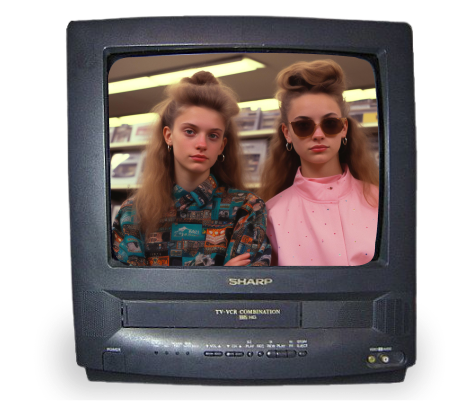
The last decade of the 20th century saw further developments in women’s roles on television. With women of color and different sexualities across America taking more prominent roles on screen and off screen, the 1990s saw greater attention to diversity. Cable television and the internet made media more accessible to everyone.
The 1990s saw a rise of sitcoms, from Friends to That 70s Show, and Saturday Night Live experienced a new era of popularity.
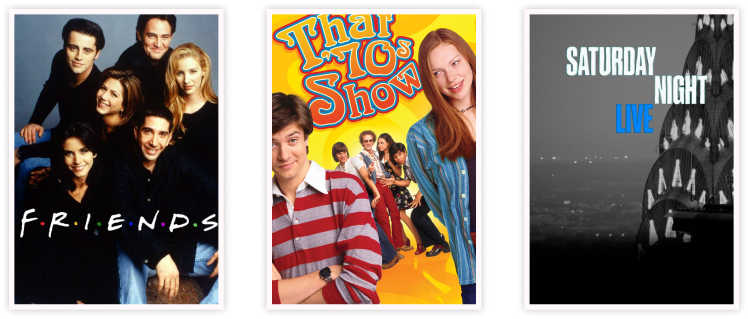
Sex and the City premiered in 1998 and portrayed relationships and sexuality, causing controversy. It leads to a new generation of sexually progressive TV shows in the following decade.

1992

Murphy Brown was an American sitcom starring Candice Bergen, who kicked up controversy in 1992 when she became the first woman on television to choose to raise her child alone. The move sparked a national debate over family values and earned the ire of then-Vice President Dan Quayle.
Candice Bergen won an Emmy that year and thanked Quayle in her speech.

1993

In 1993, Living Single debuted. Produced by Yvette Lee Bowser, she became the first African-American woman to develop her own primetime television series.

1996

Jamie Tarses was an American television producer and studio executive.
She was the president of ABC Entertainment from 1996 to 1999, the first woman and one of the youngest people to hold that kind of role within an American broadcast network.

1997

Ellen DeGeneres had starred in her own sitcom Ellen before starting her own chatshow. In 1997, DeGeneres was the first actress to come out as gay.
The 2000s
Girl Power
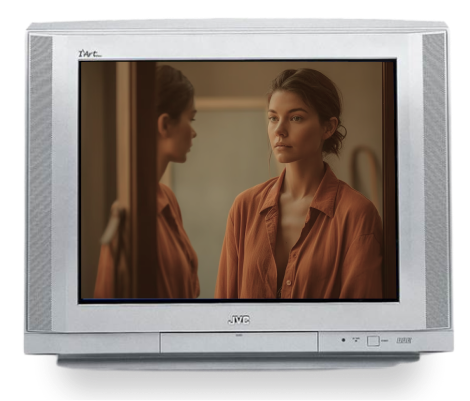
The noughties represented a new era; on television and in the broader world. Girl power dominated the media with the rise of girl bands and female celebrities. During the previous century, women had fought tooth and nail for their right to work on and off-screen.
As the 21st century dawned, many thought women had relatively equal rights on television.
Yet, much was still unjust—especially for women of color and gay people.
2003
In the American soap opera, All My Children, Eden Riegel and Olga Sosnovska became the first couple to engage in a lesbian kiss on television.
Gay rights were much talked about, but 2003 marked the first step towards normalizing queer relationships on screen and at home.
2006
Katie Couric became the first solo female news anchor to broadcast TV’s weekly evening news.
In 2006 she moved from NBC’s Today to CBS.
The 2010s
The Rise of Streaming
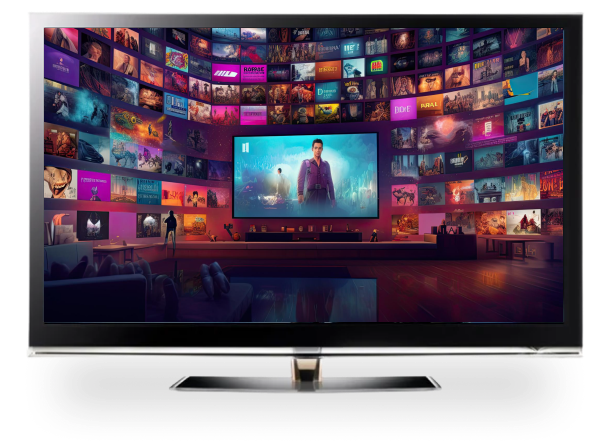
As the next decade of the 21st century arrived, the nature of television had well and truly changed. Streaming services, such as Netflix, took hold of American households.
TV shows were produced in the millions. People began binging series the weekly episode tradition starting to take a backseat.
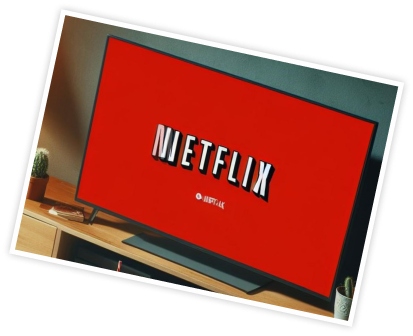
Moreover, with the rise of social media, YouTube, and other platforms, media has become more than just television. Children could watch women on TV in their bedrooms; everyone in the house could see a different show.
Girls grew up watching powerful, strong feminists.
2012
In 2012, Kerry Washington of Scandal became the first black woman to lead a network drama in 40 years.
The last time a black woman led a network drama was in the 1970s with Cicely Tyson.
2014
Although Barack Obama became president in 2008, TV had yet to show a black woman take on the role.
In 2014, Alfre Woodard of State of Affairs was the first black actress to play the role of the US president on television.
2018
Sandra Oh became the first Asian actress to receive an Emmy nomination in 2018. Oh received the nomination for lead drama actress in Killing Eve, a show with two female stars performing typically male roles.
2019
The 2010s weren’t just a time of change for women but for discussions around gender, sexuality, and race as well. In 2019, Janet Mock became the first Black transgender woman to secure a production deal at a major studio.
Netflix secured exclusive rights to her television series and future feature film projects.
The 2020s
Today
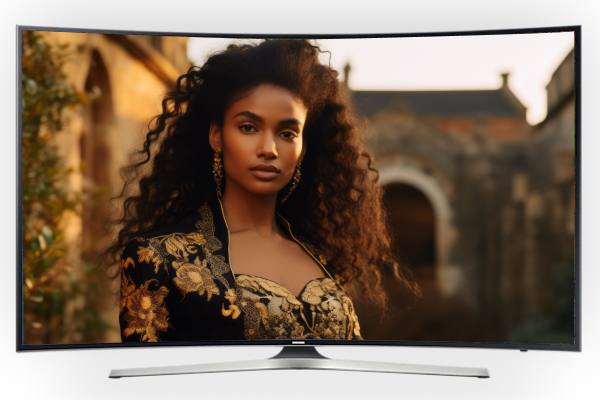
The 2020s began with the Covid-19 pandemic, forcing everyone to stay at home. While productions shut down, people at home watched television in their droves.
People celebrated old and newer TV, allowing them to escape the seemingly endless lockdowns. Meanwhile, behind the scenes, women took on more responsibility in front of and behind the camera.
All-black and all-female casts have become commonplace.

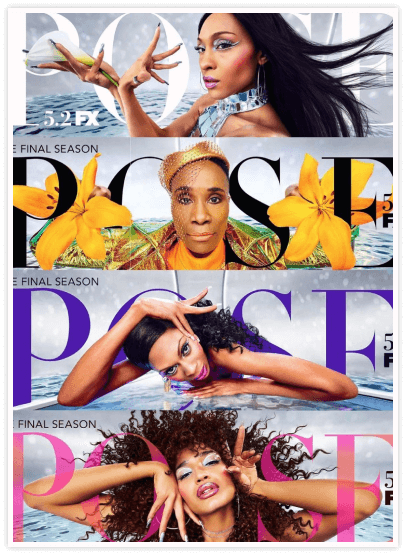
2021
In 2021, Mj Rodriguez became the first trans woman to receive an Emmy nomination for Lead Actress in a drama series after her dynamic work on the FX TV series Pose.

Still, Work to Be Done
Inequality and Underrepresentation
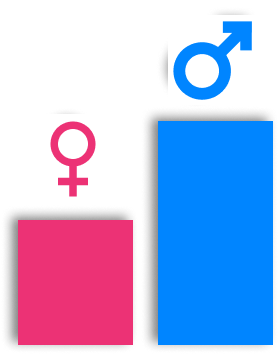
While the last 80 years have seen incredible developments for female representation in media, there is still much work to be done. Despite many feeling that women on TV now have equal rights, the journey is not over.
Moreover, women of color and transgender women are only just receiving the recognition they deserve.
Inequality
As of 2016, women accounted for 27% of all creative working individuals on broadcast network programs, such as directors, writers, producers, executive producers, editors, and directors of photography.
Broadcast Network Programs

Worse still, 98% of TV series had no female directors of photography; 91% had no women directors; 78% had no women editors; 76% had no women creators; 71% had no women writers; 26% had no female producers or executives.

Without women creatives off-camera, there is little opportunity to tell accurate and real stories of women on camera. Inequality off-camera leads to inequality on-camera.
For instance, only 33% of cable programs have female characters with speaking roles. Streaming programs have 38% of speaking women, and broadcast network programs only 41%.

While we often consider streaming programs to advance social rights,
Streaming Programs/
Broadcast Network Programs
Cable Programs have women.
Underrepresentation
Without women to direct their own narratives on the big and small screen, women are incredibly underrepresented in media. As a subject of stories, women only appear in 25% of television, radio, and print news.
In 2015, a report suggested that women only made up 19% of experts featured in news stories. Only 37% of global news reporters are women.
Women over 50 make up 20% of the US population and 20% of all television viewers.
However, their share of screen time is less than 8%.
Comparatively, men over 50 represent 17% of the US population and 14% of screen time.
In addition, while we consider gender representation to improve over time—think of all the female-powered award-winning shows—the percentage of female characters on broadcast network programs has declined in the last decade.
Characters appearing on broadcast networks are more diverse than those on cable or streaming programs.
Broadcast Networks are White
Cable and Streaming Services are White
Broadcast Network Programs are Latina
Cable and Streaming are Latina
For instance, 71% of female characters on broadcast networks are white. On the other hand, 77% of female characters on cable and streaming services are white. 5% of female characters on broadcast network programs are Latina; 3% on cable and streaming are Latina.
Women On Screen
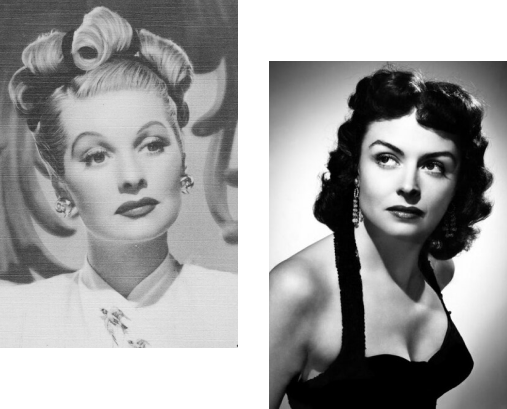
Women throughout the last century have played essential roles on television, from promoting open discussions on gender, sexuality, and race to playing critical parts in political debates.
Despite their earliest representations enforcing gender and racial stereotypes, the likes of Donna Reed and Lucille Ball paved the way for greater diversity on the small screen.
Citation
I May Destroy You
Berg also won a Tony Award
Gertrude Berg (1949)
Fibber McGee and Molly
Fibber McGee and Molly
Donna Reed (1958)
Actress Betty Hutton
Actress Betty Hutton
The Donna Reed Show
Nancy Dickerson (1960)
Mission: Impossible
Cicely Tyson (1963)
The Mary Tyler Moore Show (1970)
That Girl (1966)
The Twilight Zone (1964)
All in the Family. (1971)
Battle of the Sexes. (1973)
That ’70s Show (1990)
Saturday Night Live (1990)
Mj Rodriguez (pose) 2021
Women On Screen (Donna Reed)
Women On Screen (Lucille Ball)
Alfre Woodard (2014)
Sandra Oh (2018)

